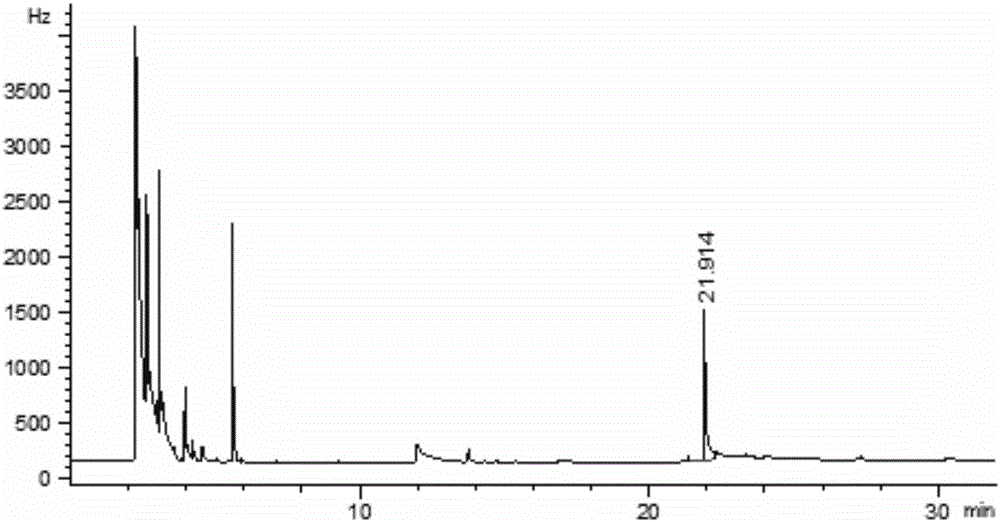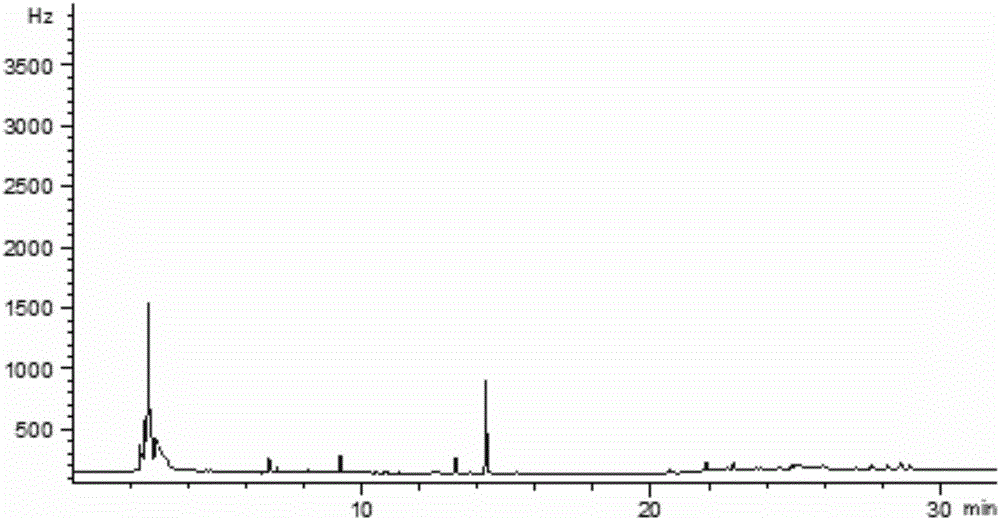Quantitative detection method for chlorantraniliprole residue in tea leaf
A technology for the quantitative detection of chlorantraniliprole, which is applied in the field of quantitative detection of chlorantraniliprole residues in tea, can solve the problems of low processing efficiency, low penetration rate, and difficulty in promotion and use, and achieve adsorption capacity The effect of large and large specific surface area
- Summary
- Abstract
- Description
- Claims
- Application Information
AI Technical Summary
Problems solved by technology
Method used
Image
Examples
Embodiment
[0044] Example: A quantitative detection method for chlorantraniliprole residues in tea
[0045] The blank tea samples were taken from the tea field of the Agricultural Science Research Institute in Taihu Lake, Jiangsu Province. No pesticides were applied during the planting process, and the fresh leaves picked were made into dry tea according to the traditional green tea processing technology.
[0046] The actual test tea samples were purchased from a supermarket, and the place of origin was Suzhou East Dongting Mountain Tea Garden. The tea samples were pulverized with a pulverizer, mixed, and stored in a refrigerator at 4 °C.
[0047] The quantitative detection method consists of two parts:
[0048] In the first part, the standard curve of the measured chlorantraniliprole with known gradient concentration is respectively established by gas chromatography-electron capture method; the establishment of the standard curve consists of the following steps:
[0049] The first ste...
PUM
| Property | Measurement | Unit |
|---|---|---|
| particle size | aaaaa | aaaaa |
| recovery rate | aaaaa | aaaaa |
Abstract
Description
Claims
Application Information
 Login to View More
Login to View More - R&D
- Intellectual Property
- Life Sciences
- Materials
- Tech Scout
- Unparalleled Data Quality
- Higher Quality Content
- 60% Fewer Hallucinations
Browse by: Latest US Patents, China's latest patents, Technical Efficacy Thesaurus, Application Domain, Technology Topic, Popular Technical Reports.
© 2025 PatSnap. All rights reserved.Legal|Privacy policy|Modern Slavery Act Transparency Statement|Sitemap|About US| Contact US: help@patsnap.com



